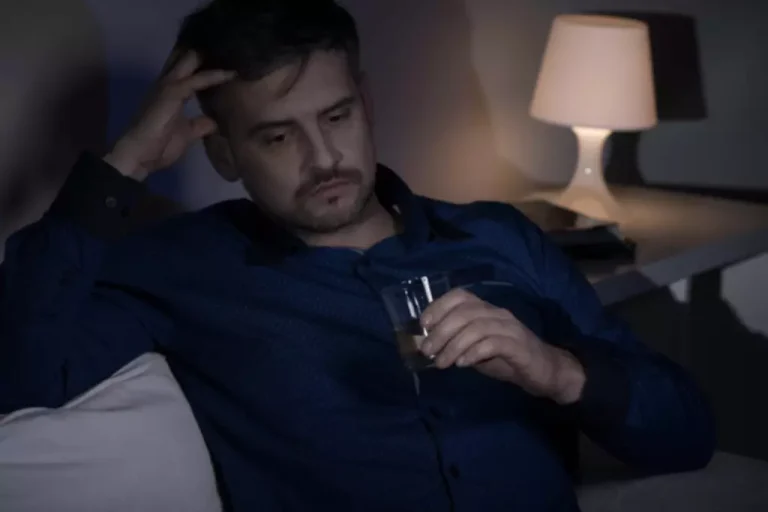The Limitless Power of An Alcohol-Free Lifestyle With One Year No Beer Co-Founder Ruari Fairbairns
October 13, 2020Как добавить золото в мт4
May 24, 2021
In this article, we will discuss expressive arts therapy by explaining the interventions used and the difference between expressive arts therapy and creative arts therapies. You will be introduced to expressive arts therapy techniques and ideas for your psychotherapy and counseling sessions, both with individual adults and groups. Other art projects can include drawing/painting emotions, stress painting (i.e., painting during times of anxiety and/or stress in order to relieve feelings of stress), and working with other types of media, such as clay.
- They can include psychology and art classes as well as courses in sociology and education.
- Such activity allows them to feel safe and comfortable, especially when they find it difficult to discuss these issues in regular talking therapy sessions.
- In a world where the pace of life often seems to accelerate, and the demands on our mental and emotional well-being can feel overwhelming, finding effective avenues for healing and self-expression is paramount.
- By creating masks that represent different aspects of themselves, participants can gain insight into their thoughts, feelings, and behaviors related to addiction and recovery.
- A 2019 study created a method of quantifying and measuring emotion regulation strategies to better understand creativity and to assist future studies of art therapy and its ability to treat mental illness.
Watercolor Your Emotions
Guided imagery drawing combines visualization techniques with art-making to promote relaxation and reduce stress. During this exercise, participants listen to a guided meditation while creating a visual representation of the peaceful scenes they imagine, helping them develop coping strategies for managing cravings and triggers. Discover the benefits of mandala drawing and other art therapy exercises in our https://ecosoberhouse.com/article/5-tips-of-how-to-maintain-recovery-motivation/ comprehensive 50 Art Therapy Exercises eBook. This valuable resource is perfect for those seeking to explore the healing potential of art therapy. In this article, you’ll find a bunch of art therapy activities inspired by Russian art therapist and psychologist Victoria Nazarevich. This set of three worksheets includes exercises for children to express their emotions or define the things they care about.
Top-Rated Positive Psychology Exercises for Practitioners
Your journey to recovery doesn’t end with day treatment or outpatient, once you’re with Blanchard, you’re always with Blanchard. People who cannot explain their thoughts or feelings to a therapist or group can benefit from addiction recovery art, which may help them break through and gradually begin art therapy ideas for adults in recovery to discover the words. Pleasant memories with loved ones and favorite places and things are our cornerstones, evoking positive, sentimental emotions that promote healthy recovery. Besides, a self-care box reminds individuals of positive self-affirmations and goals, keeping them on the right path.
- This project may help a child or teen reflect on ways to find a safe space or may simply help them feel like they have some control over their environment.
- Art therapy has been connected in helping treat schizophrenia in patients and individuals suffering from PTSD.
- Once you complete the jar, you can fill it with items that help you recall pleasant memories such as tickets or letters from a loved one.
The University of Hong Kong, Centre of Behavioral Health, Hong Kong
I’ll also be explaining a little bit of how an intervention might be adapted to suit individual needs and situations in the spirit of “one size does not fit all.” This book is specifically aimed at therapists and helping professionals who work with trauma. The courses listed below and other programs at EGS are the only expressive arts therapies training options currently available in Europe.

Find an Art Therapist
It might be able to refer you to an art therapist in your area who’s covered by your insurance. Whether you’re looking for additional education on art therapy or exercises and activities for yourself or clients, there are plenty of resources out there. The visual starter exercise is a way around this, helping individuals to get started without being self-conscious. The starters can be adapted to specific prompts or used solely for healthy stress-relieving creation. The panic book activity encourages participants to create a book full of images that help them keep calm during stressful situations and help refocus their mind onto something more positive. The activity below is a form of art therapy that focuses on using comforting textures and allowing for a manageable exploration of uncomfortable emotions.
It’s crucial when working with teens to create coping strategies that they can come back over to time and let them know that their ideas, feelings, and values will change with experience. Below are five possible art therapy activities and exercises for children of all ages. Most recently, there has been a rise in what is often referred to as mindfulness coloring. Some people see this as a part of art therapy, but it is very distinct from accredited art therapy practice. For the most part, I’ll be focusing on interventions used with adults, but some will also apply to work with children, groups, couples, or families. I’ll try to give you a brief history of each intervention through the lens of art therapy and the influences of psychology, counseling, marriage and family therapy, art, and culture on that intervention.
Gives You a New, Healthy Hobby
- Those who suffer from drug or alcohol addiction frequently begin using the substances as a means of managing or enduring both physical and mental discomfort.
- Sometimes, emotions like grief, anger, guilt, shame, and hopelessness are too complex to put into words.
- Alongside a licensed art therapist, they can not only identify these problematic feelings and ideas but find ways to deal with them so that they no longer motivate the individual toward addiction.
- This set of three worksheets includes exercises for children to express their emotions or define the things they care about.
- Expressive arts therapists facilitate multimodal creative expression, sometimes in one session, usually non-directively.
Despite the connection between coloring and stress reduction, experts do not consider it art therapy. Art therapy is not restricted to any age group, and works well for children, teenagers, adults, couples, families, and single individuals. Art therapy can occur in hospitals, schools, wellness centers or physical rehabilitation centers, substance abuse rehabilitation centers, and correctional facilities. A big part of the 12 Steps is self-reflection which art therapy facilitates.

Creative arts therapists tend to be expert arts practitioners in one specific area who have gone on to train in a specific type of creative arts therapy (Stuckey & Nobel, 2010). Because it can help with mood and emotion regulation, art therapy can be a potentially powerful tool for treating substance use disorders. One study published by Harvard Medical School showed that not only did art therapy help prevent cognitive decline, it also provided stress relief and aided with communication, two factors that can help with emotion regulation.
